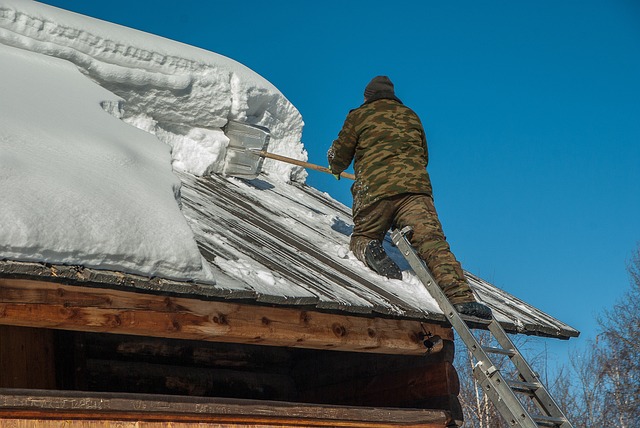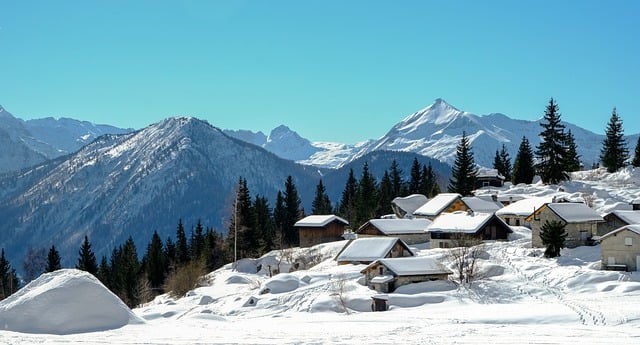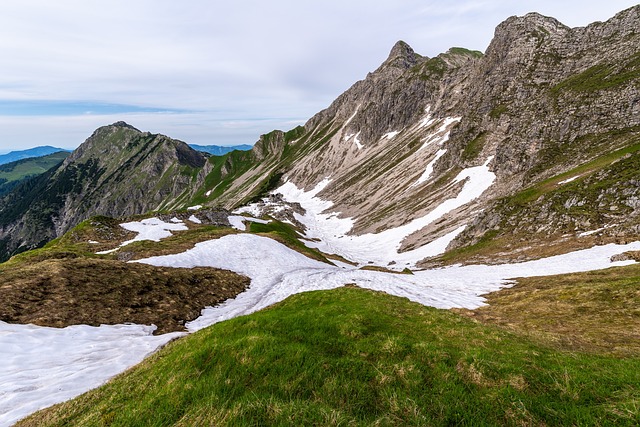When entering into a commercial snow removal Brampton contract, it’s crucial to define the scope of services clearly to ensure both parties have a shared understanding of what’s included, such as parking lot, walkway, and access road clearing, as well as the frequency and promptness of these services during winter. The scope should also detail specific snowfall thresholds that trigger removal, the types of equipment used, adherence to environmental regulations, local ordinances compliance, and coverage for a range of winter conditions from minimal snow to significant storms. A detailed contract protects against disruption to business operations. It’s equally important to assess liability and insurance coverage to safeguard against risks associated with winter maintenance. This includes verifying the service provider’s insurance policy for comprehensive coverage, including general liability, worker’s compensation, commercial auto insurance, and an umbrella policy for extra protection beyond standard limits. Additionally, a clear service level agreement (SLA) is vital, outlining the types of services like plowing, shoveling, and ice melt application, response times, and conditions under which these services are provided. Cost is also a significant factor in selecting commercial snow removal Brampton Brampton services, with prices varying based on property size, complexity, service standards, and regional snowfall frequency. Businesses should compare quotes from multiple providers and consider the type of contract—hourly rates, seasonal agreements, or per-event charges—that best fits their budget and operational needs throughout the winter season.
Navigating a commercial snow removal Brampton contract requires due diligence to ensure the agreement aligns with your business’s needs and local regulations. This article delineates five pivotal steps for a clear understanding of such contracts, ensuring you choose the right service provider. From deciphering the scope of work in commercial snow removal Brampton contracts to assessing liability and insurance coverage, each aspect is crucial for a seamless operation during winter months. Additionally, understanding service levels and response times, along with cost considerations and legal clauses, will safeguard your investment and maintain business continuity. Dive into these key steps to secure a contract that provides the reliability and performance your commercial property demands in the face of harsh winter conditions.
- Deciphering the Scope of Work in Commercial Snow Removal Contracts
- Assessing Liability and Insurance Coverage in Commercial Snow Removal Services
- Understanding Service Levels and Response Times with Commercial Snow Removal Contracts
- Cost Considerations and Factors in Commercial Snow Removal Service Agreements
Deciphering the Scope of Work in Commercial Snow Removal Contracts

When delving into a commercial snow removal contract, one of the most critical elements to clarify is the scope of work. This defines the specific services included in the agreement and ensures that both parties have a clear understanding of what will be provided and expected during the winter season. The scope should detail the areas to be cleared, such as parking lots, walkways, and access roads, as well as the frequency and timing of service. For instance, it may outline that all designated surfaces must be cleared within a specified time frame after the cessation of snowfall, ensuring business operations can continue without interruption. Additionally, the contract should specify the depth of snow for which removal is obligated, the type of equipment to be used, and any environmental or local ordinance considerations. By thoroughly reviewing and understanding these parameters within the scope of work, businesses can make informed decisions about which commercial snow removal services will best meet their needs during unpredictable winter conditions. It’s imperative that the scope is detailed enough to cover various scenarios, from a light dusting to a blizzard, to ensure consistent and reliable service throughout the season.
Assessing Liability and Insurance Coverage in Commercial Snow Removal Services

When engaging with commercial snow removal services, it’s imperative to meticulously evaluate liability and insurance coverage to mitigate potential risks. A comprehensive understanding of these aspects ensures that both the service provider and the client are protected against unforeseen events. The first step in this process is to scrutinize the service provider’s insurance policy. It should be robust and current, covering all the necessary aspects of operations, including general liability, worker’s compensation, and commercial auto insurance if applicable. This coverage safeguards against damage or injury claims that may arise from snow removal activities. Additionally, the contract should outline the specifics of liability in detail. For instance, it should clarify who is responsible for any property damage or injuries sustained as a result of snow removal efforts. It’s also crucial to understand if the service provider carries an umbrella policy for additional coverage beyond standard limits. This due diligence is essential to ensure that the commercial snow removal services you contract are accountable and prepared for any contingencies, thereby safeguarding your business’s interests during the winter season.
Understanding Service Levels and Response Times with Commercial Snow Removal Contracts

When delving into a commercial snow removal contract, it’s crucial to grasp the service levels and response times that govern the provider’s operations during the winter months. These terms outline the specifics of the snow removal services you can expect, from the threshold of snowfall that triggers their action to the expected clearance time following a storm. A well-defined service level agreement (SLA) within your commercial snow removal contract ensures that both parties have a clear understanding of the expectations and obligations. This SLA typically specifies the types of services, such as plowing, shoveling walkways, and applying ice melt, as well as the priority levels for different areas like parking lots, driveways, and walking paths.
Furthermore, response times are a critical aspect of any snow removal contract. They dictate how quickly the service provider will respond to a snow event. The contract should clearly state the target time frames for beginning work, which can vary based on the severity of the storm and the scale of operations. For instance, a ‘Level One’ response might be activated within two hours of snowfall exceeding four inches, while a ‘Level Two’ response could take place after six hours if the snowfall reaches eight inches. These benchmarks are not only indicative of the service provider’s efficiency but also play a pivotal role in maintaining the safety and accessibility of your business premises. It’s advisable to review past performance data from the service provider, if available, to ensure their historical response times align with your business’s needs and expectations.
Cost Considerations and Factors in Commercial Snow Removal Service Agreements

When delving into a commercial snow removal service agreement, cost considerations are paramount for business owners to navigate effectively. The prices associated with such services can vary widely based on several factors, including the size and number of areas to be cleared, the level of precision required, and the frequency of snowfall in the region. It’s crucial to assess the scope of your property or business premises; larger, more complex sites naturally command higher fees due to the additional labor and equipment necessary for their clearing. Additionally, the scale of operations—whether it’s a single location or multiple sites across diverse environments—will influence pricing.
Service providers may offer different packages, each with distinct features such as hourly rates, seasonal contracts, or per-event charges. Seasonal contracts often provide cost savings over pay-per-service arrangements. However, they require a clear understanding of the typical snowfall patterns in your area to estimate the total cost effectively. Other factors to consider are the type and number of removal equipment required, the availability of personnel during peak snow seasons, and any additional services such as salting or sanding to prevent ice accumulation. It’s advisable to request quotes from multiple commercial snow removal service providers, compare their terms, and ensure that the agreement aligns with your budgetary constraints and operational needs throughout the winter season.
When engaging with commercial snow removal services, it is imperative to thoroughly understand the contract to ensure optimal outcomes and protection. This article has outlined five critical steps for a clear grasp of such contracts: deciphering the scope of work, assessing liability and insurance coverage, understanding service levels and response times, and considering cost factors. By carefully evaluating these aspects, businesses can make informed decisions, safeguard their operations during winter months, and maintain uninterrupted activities. It is through diligent contract review and selection of a reliable commercial snow removal provider that peace of mind is achieved amidst the challenges of inclement weather.




